Related Research Articles
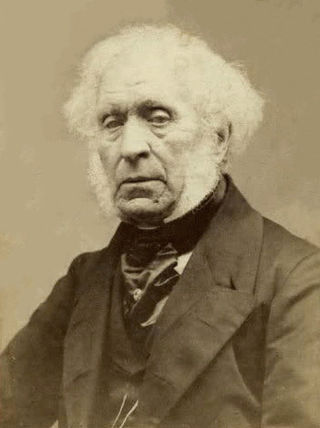
Sir David BrewsterKH PRSE FRS FSA Scot FSSA MICE was a Scottish scientist, inventor, author, and academic administrator. In science he is principally remembered for his experimental work in physical optics, mostly concerned with the study of the polarization of light and including the discovery of Brewster's angle. He studied the birefringence of crystals under compression and discovered photoelasticity, thereby creating the field of optical mineralogy. For this work, William Whewell dubbed him the "father of modern experimental optics" and "the Johannes Kepler of optics."
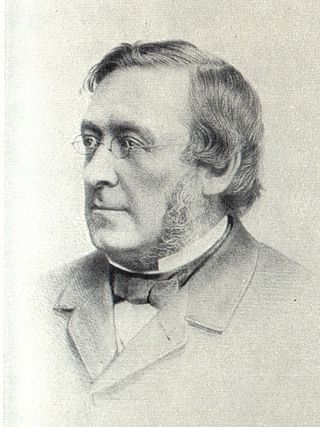
David Stevenson MICE FRSE FRSSA was a Scottish lighthouse designer, who designed over 30 lighthouses in and around Scotland, and helped continue the dynasty of lighthouse engineering founded by his father.

The Bell Rock Lighthouse, off the coast of Angus, Scotland, is the world's oldest surviving sea-washed lighthouse. It was built between 1807 and 1810 by Robert Stevenson on the Bell Rock in the North Sea, 11 miles (18 km) east of the Firth of Tay. Standing 35 metres (115 ft) tall, its light is visible from 35 statute miles (56 km) inland.
Sanda Island is a small island in Argyll and Bute, Scotland, off the southern tip of the Kintyre peninsula, near Southend and Dunaverty Castle.

David Alan Stevenson was a lighthouse engineer who built 26 lighthouses in and around Scotland.
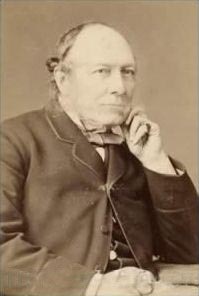
Thomas StevensonPRSE MInstCE FRSSA FSAScot was a pioneering Scottish civil engineer, lighthouse designer and meteorologist, who designed over thirty lighthouses in and around Scotland, as well as the Stevenson screen used in meteorology. His designs, celebrated as ground breaking, ushered in a new era of lighthouse creation.

Alan StevensonFRSE MInstCE was a Scottish civil engineer, known for designing and building lighthouses in and around Scotland.
The Royal Scottish Society of Arts is a learned society in Scotland, dedicated to the study of science and technology. It was founded as The Society for the Encouragement of the Useful Arts in Scotland by Sir David Brewster in 1821 and dedicated to "the promotion of invention and enterprise". The Society was granted a Royal Charter in 1841.
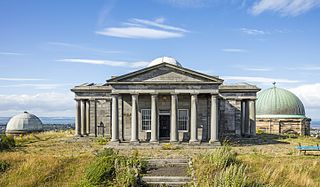
The City Observatory was an astronomical observatory on Calton Hill in Edinburgh, Scotland. It is also known as the Calton Hill Observatory.

Robert Geoffrey William Anderson, is a British museum curator and historian of chemistry. He has wide-ranging interests in the history of chemistry, including the history of scientific instrumentation, the work of Joseph Black and Joseph Priestley, the history of museums, and the involvement of the working class in material culture. He has been Director of the Science Museum, London, the National Museums of Scotland, the British Museum, London, and president and CEO of the Chemical Heritage Foundation in Philadelphia.

The National Museum of Scotland in Edinburgh, Scotland is a museum of Scottish history and culture.

George Wilson PRSSA FRSE was a 19th-century Scottish chemist and author. He was Regius Professor of Technology at the University of Edinburgh, and the first Director of the Industrial Museum of Scotland.

The Edinburgh Astronomical Institution was founded in 1811 and wound up in 1847. It was instrumental in the foundation of the Royal Observatory, Edinburgh in 1822. The Institution raised funds, mostly by member subscription, to create three departments: A scientific observatory with an observer was to be under the control of the professors of mathematics, philosophy and astronomy of the University of Edinburgh, a popular observatory was to provide general instruction and amusement and a "physical cabinet" would comprise books, globes, meteorological and other instruments.

Alison Kinnaird MBE, MA, FGE is a glass sculptor, Celtic musician, teacher and writer born in Edinburgh, Scotland. She is one of the foremost and most original modern glass engravers in Scotland.
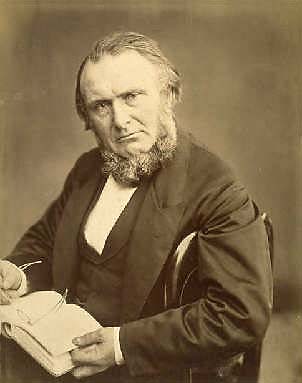
John Adamson was a Scottish physician, pioneer photographer, physicist, lecturer and museum curator. He was a highly respected figure in St Andrews, and was responsible for producing the first calotype portrait in Scotland in 1841. He taught the process to his brother, the famous pioneering photographer Robert Adamson. He was curator of the Literary and Philosophical Society Museum at St Andrews from 1838 until his death.

David Alan Stevenson FRSE, F.I.C.E., FRSGS was a lighthouse engineer from the famous Stevenson lighthouse-builder family and noted amateur philatelist.
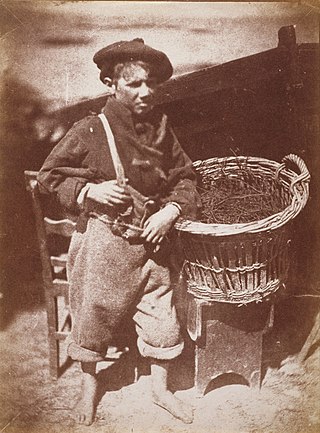
Scotland played a major role in the technical development of photography in the nineteenth century through the efforts of figures including James Clerk Maxwell and David Brewster. Its artistic development was pioneered by Robert Adamson and artist David Octavius Hill, whose work is considered to be some of the first and finest artistic uses of photography. Thomas Roger was one of the first commercial photographers. Thomas Keith was one of the first architectural photographers. George Washington Wilson pioneered instant photography and landscape photography. Clementina Hawarden and Mary Jane Matherson were amongst the first female photographers. War photography was pioneered by James MacCosh, James Robertson, Alexander Graham and Mairi Chisholm.
Richard Beck (1827-1866) and Joseph Beck FRAS, FRMS formed the optical manufacturing firm of R and J Beck in 1843, based at 69 Mortimer Street, London,. James Smith worked with the company under the name of Smith and Beck, renamed Smith, Beck and Beck in 1854 but reverting to R and J Beck when Smith retired in 1865. Smith is credited with helping to raise the status of the use of microscopes within scientific research.

Commonwealth Lightship 4 (CLS4) Carpentaria is a lightship that was in service from 1917 to 1985 with the Commonwealth Lighthouse Service, built at the Cockatoo Island Dockyard and commissioned in 1917. The vessel is named after the Gulf of Carpentaria, where it spent most of its service life together with its sister ship CLS2.
Ashleigh Whiffin is an entomologist in the UK. She is a curator at the National Museum of Scotland and a specialist in carrion beetles (Silphidae).
References
- ↑ "Brisbane Observatory". Secret Scotland. Retrieved 2016-12-10.
- ↑ "Dr Alison Morrison-low, director at Brisbane Observatory Trust, Edinburgh". Directorstats. Retrieved 2016-12-10.
- ↑ "BBC Radio 4 - In Our Time, The Invention of Photography". BBC. 2016-07-07. Retrieved 2016-12-10.
- ↑ "MERSENNE Archives". JISC. 2015-06-17. Retrieved 2016-12-10.
- ↑ "Stereoscopy". The University of Edinburgh. 2016-12-05. Retrieved 2016-12-10.
- ↑ "RSSA Officers - 198th Session". www.rssa.org.uk. Retrieved 2018-07-24.